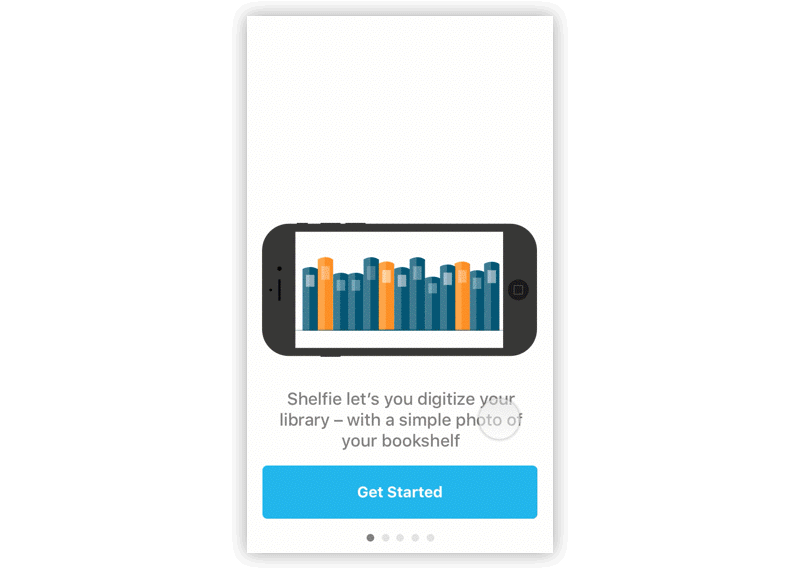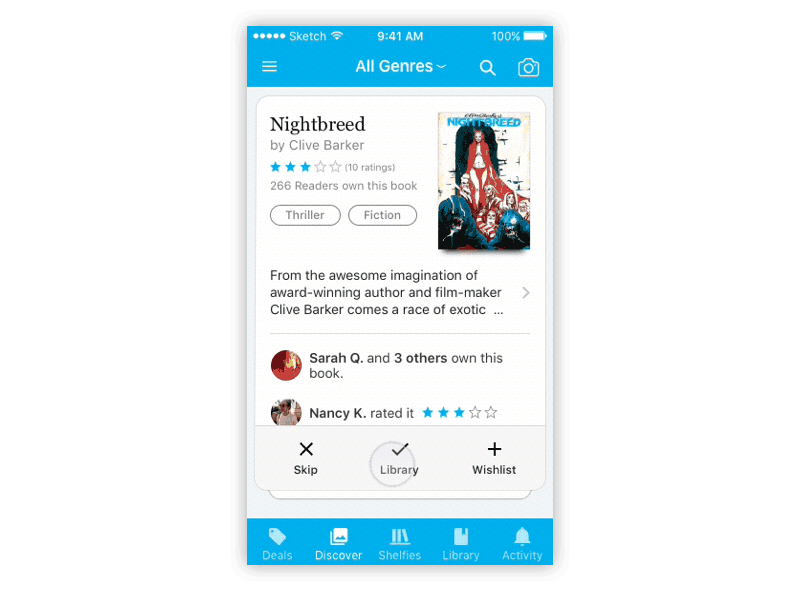SHELFIE
Shelfie disrupted the publishing industry by allowing readers to digitize their print libraries. Cutting-edge computer vision was used to identify books from images of bookshelves. That data was leveraged to offer recommendations to readers and direct to user marketing for publishers.
MY ROLE
I led design of Shelfie for iOS, Android and Web from Spring 2014 to Spring 2017. During this time Shelfie grew to +100k users and was featured worldwide in iTunes.
I led the product team to evolve the service and address customer pain-points related to library management, digitization, recommendations, discovery and social experience. I developed the identity for brand, app, and communications. I worked with the marketing team on content and strategy.
From fall summer 2016 my role expanded to lead product management for iOS and Android. I guided product roadmap – informed by planning and research of our Mixpanel analytics.




